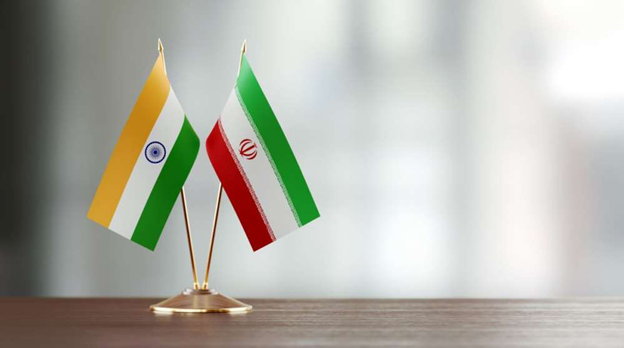India, Iran sign bilateral seafarer pact
- Posted By
10Pointer
- Categories
World Affairs
- Published
24th Aug, 2022
-
Context
India and Iran signed a Memorandum of Understanding (MoU) for the smooth movement of seafarers between both countries.

Key-highlights
- The Memorandum of Understanding (MoU) is signed on recognition of Certificates of Competency in Unlimited Voyages.
- It aims to help seafarers from both countries as per the provisions of the International Convention on Standards of Training, Certification and Watchkeeping for Seafarers (1978).
- The role of Chabahar as a trade multiplier for the region was highlighted during the event as the potential of the port to act as a swift, economical trade conduit between Central Asia and South Asia, and even South East Asia, remains to be tapped fully.
- Shahid Behesti Port is likely to act as a catalyst to unlock the huge trade potential in the region.
- For India, the Shahid Behesti terminal of Chabahar Port is a crucial cog in the potentially game-changing International North-South Transport Corridor (INSTC).
Significance
- The seafarer agreement is the first tangible development after years of dormancy owing to the unfulfilled potential of the port and Covid-related restrictions.
- The MoU has been signed as per the provisions of the International Convention on Standards of Training, Certification and Watchkeeping for Seafarers (1978).
- This agreement will smoothen the movement of seafarers from both countries.
About International Convention on STCW for Seafarers
- It sets qualification standards for masters, officers and watch personnel on seagoing merchant ships.
- International Convention on Standards of Training, Certification and Watchkeeping for Seafarers (STCW) was adopted in 1978 by a conference at the International Maritime Organization (IMO) in London.
- It entered into force in 1984.
- The Convention was significantly amended in 1995.
- The 1978 STCW Convention was the first to establish basic requirements for training, certification and watchkeeping for seafarers on an international level.
- It prescribes minimum standards relating to training, certification and watchkeeping for seafarers which countries are obliged to meet or exceed.
- One especially important feature of the Convention is that it applies to ships of non-party States when visiting ports of States which are Parties to the Convention.
India-Iran Relations
- India-Iran relations span millennia marked by meaningful interactions.
- The two countries shared a border till 1947 and share several common features in their language, culture and traditions.
- India-Iran share close civilizational ties since the times of the Persian Empire and Indian kingdoms.
- The “Tehran Declaration” signed during former Prime Minister Atal Bihari Vajpayee’s visit to Iran affirmed the shared vision of the two countries for an “equitable, pluralistic and co-operative international order”.
- It recognized the then Iranian President Mohammad Khatami’s vision of a “dialogue among civilisations” as a paradigm of international relations based on principles of tolerance, pluralism and respect for diversity.
About Chabahar Port
- It is located in the Indian Ocean in the Sistan province of Iran.
- It is slated to be India’s gateway for trade with central Asian and European nations, along with increased engagement with Russia, once its potential is leveraged by linking it to INSTC.
- It was developed with Indian assistance and is currently operated by state-owned India Ports Global.
- Chabahar Port provides an option of alternate supply route to everyone, thus reducing the importance of Pakistan with respect to trade.
- It is located on the Gulf of Oman and is only 72 km away from the Gwadar port in Pakistan which has been developed by China.
- China is aggressively pursuing its own Belt and Road Initiative (BRI) under the One Belt One Road (OBOR) project.
- In future, the Chabahar project and the International North South Transport Corridor (INSTC) will complement each other by optimising Indian connectivity with Russia and Eurasia.
- It gives India direct access to Afghanistan and other Central Asian Republics.
International North-South Transport Corridor (INSTC)
- The legal framework for the INSTC is provided by a trilateral agreement signed by India, Iran and Russia at the Euro-Asian Conference on Transport in 2000.
- It aims to reduce the carriage cost between India and Russia by about 30% and reduce the transit time from 40 days by more than half.
- The corridor is expected to consolidate the emerging Eurasian Free Trade Area.
- It is a 7,200-km multi-modal transport corridor that combines road, rail and maritime routes connecting Russia and India via Central Asia and Iran.
- It links the Indian Ocean to the Caspian Sea via the Persian Gulf onwards into Russia and Northern Europe.
- It offers the shortest connectivity route between India and Russia.
|
